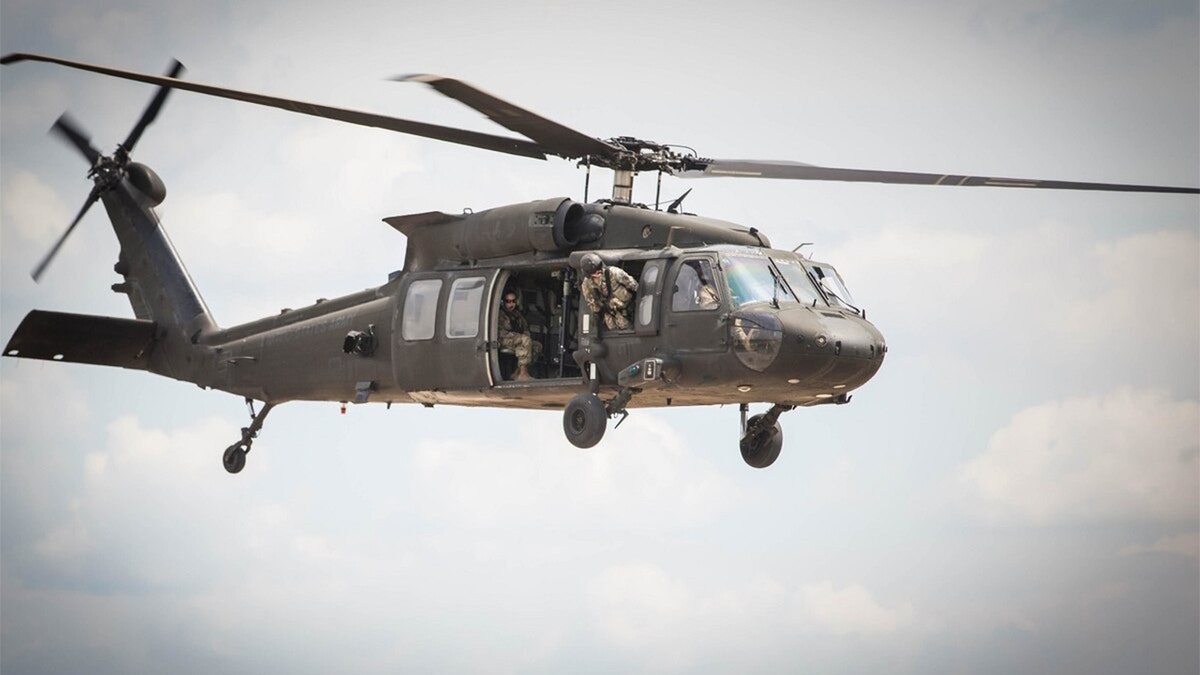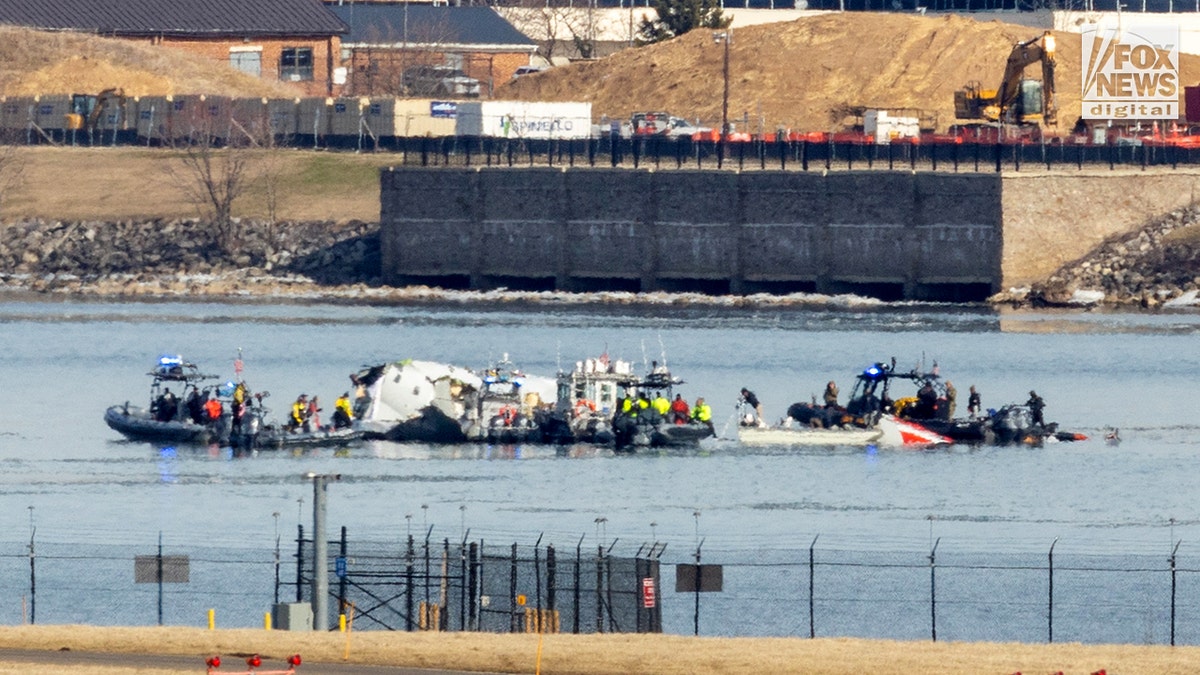A recent mid-air collision between an American Airlines flight and an Army Black Hawk helicopter near Washington, D.C. has brought the Army's aviation safety record into sharp focus, particularly following a concerning rise in flight mishaps. The incident, which tragically resulted in fatalities, occurred against the backdrop of the Army experiencing its highest rate of Class A mishaps – accidents involving fatalities or over $2.5 million in damages – in over a decade.

Captain Rebecca M. Lobach, one of the three pilots in the Black Hawk, was identified following the tragic incident. (Getty/US Army)
During fiscal year 2024, the Army reported 17 Class A mishaps, 15 of which occurred during flight operations. This starkly contrasts with the nine flight and one ground incident in 2023, and the combined eight mishaps in 2022. An Army report released shortly before the recent collision highlighted the severity of the situation, characterizing FY2024 as a year Army aviation would strive to never repeat. The report revealed a concerning rate of 1.9 Class A mishaps per 100,000 flight hours, a significant increase from the 0.5 rate in 2022 and the highest since 2007. Ten lives were lost in these accidents, including nine soldiers and one civilian.

While the UH-60 Black Hawk was involved in the recent collision, data indicates that other aircraft types, such as the AH-64 Apache, experienced a higher number of Class A mishaps during the same period. (US Army-Cap. Adan Cezarez)
The Army's analysis attributed the surge in incidents to a deficient safety culture and a decrease in average flight experience among aviators. The report emphasized the importance of increased flight data recording and review with superiors, suggesting it as a crucial tool for enhancing safety rather than a punitive measure. In response to the rising mishap rates, the Army implemented an aviation-wide safety stand-down in April 2023, halting routine missions and training to address safety concerns. A subsequent safety "stand-up" in April 2024 introduced new safety protocols, leading to a decrease in the mishap rate for the remainder of the fiscal year.

Recovery efforts in the Potomac River followed the collision. (Leigh Green for Fox News Digital)
In the aftermath of the recent collision, Army Secretary nominee Daniel Driscoll underscored the importance of a strong safety culture and raised questions about the appropriateness of conducting certain training flights near major airports. The Black Hawk involved in the incident was reportedly on a routine proficiency training flight when it collided with the commercial jet descending into Reagan National Airport. This tragic event further underscores the urgency of addressing the identified safety concerns within Army aviation.
Comments(0)
Top Comments